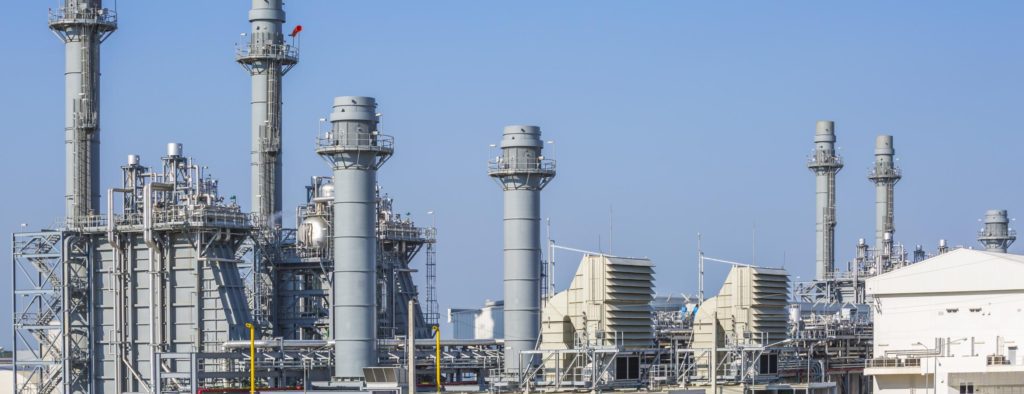EFS primarily uses what would be considered evaporative cooling pads. Evaporative cooling pads are used to cool the air and keep moisture out of it. Their applications are primarily in gas turbine power plants, but there have been requests for them to be used in pig and mushroom farms, presumably for the same purpose.
Cooling through evaporation is a natural occurrence. The most common example we all experience is perspiration, or sweat. As perspiration evaporates it absorbs heat to cool your body. The principle underlying evaporative cooling is the fact that water must have heat applied to it to change from a liquid to a vapor. When evaporation occurs, this heat is taken from the water that remains in the liquid state, resulting in a cooler liquid. Evaporative cooling diverges from ordinary air conditioning setups which use vapor-compression or absorption refrigeration cycles.
Evaporative cooling works by utilizing water’s large potential of vaporization. The temperature of dry air can be depressed extremely through the transition of water to vapor (evaporation), which can cool the environment using less energy and proving to be much more efficient than refrigeration. In significantly dry climates, evaporative cooling of air has the extra benefit of modifying the air with added moisture for the convenience of present occupants. The cooling possibilities for evaporative cooling is dependent on the wet bulb rule, the difference between dry-bulb temperature and wet-bulb temperature. In barren climates, evaporative cooling can slim energy consumption and reduce equipment needed for conditioning as a substitute to compressor-based cooling. In climates not considered arid, indirect evaporative cooling can still gain favor of the evaporative cooling process without effecting humidity. Passive evaporative cooling strategies offer the same benefits of mechanical evaporative cooling systems without the complexity of equipment and ductwork.

